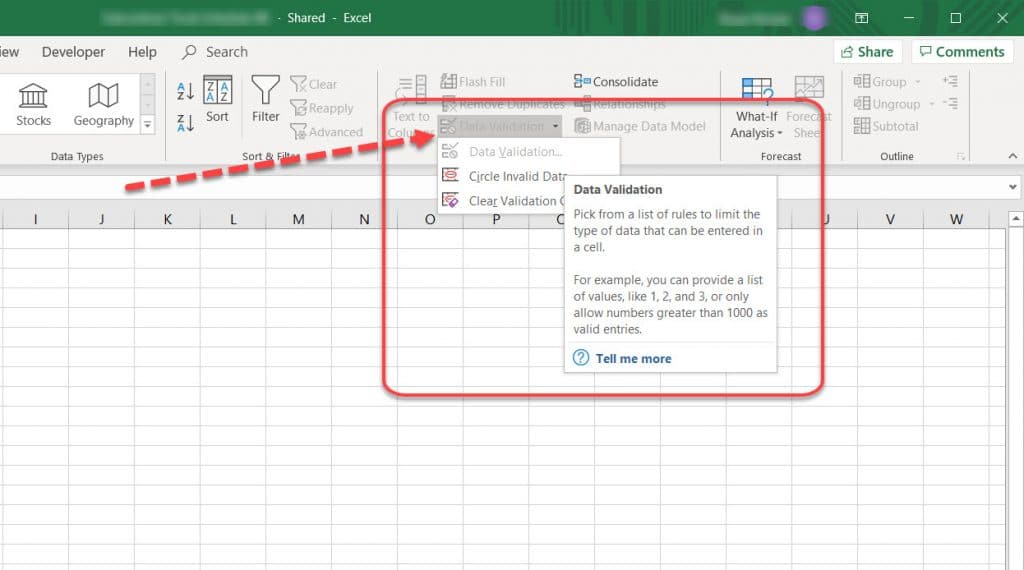Rounding functions in Excel can be confusing. Luckily, Excel offers numerous built in functions to assist this process. Before we review the individual functions, it’s important to have an understanding on rounding in general.
Rules of Rounding
First, rounding in Excel follows the mathematical accepted rules of rounding. For example, numbers ending with 5, 6, 7, 8, or 9 round up while 1, 2, 3, 4 are rounded down.
Why Round at all?
Why do we round numbers at all? Well, to make them easier to read and interpret. When dealing with large financial figures in the millions or billions, such as a balance sheet, it can be hard to understand the figures. By rounding or truncating these figures, you can easily decipher the figures.
Rounding Functions in Excel
ROUND Function – Rounds to a specified number of digits.
ROUNDUP Function – Rounds numbers up a specified decimal place.
ROUNDDOWN Function – Returns a number rounded down to a specified number of places.
FLOOR Function – Rounds a given number down to the nearest specified multiple
MROUND Function – Round a number up or down to a given multiple.
CEILING Function – Rounds a given number up to the nearest specified multiple.
INT Function – Rounds a number down to the nearest integer.
TRUNC Function – Returns a truncated number based on a specified number of digits.



